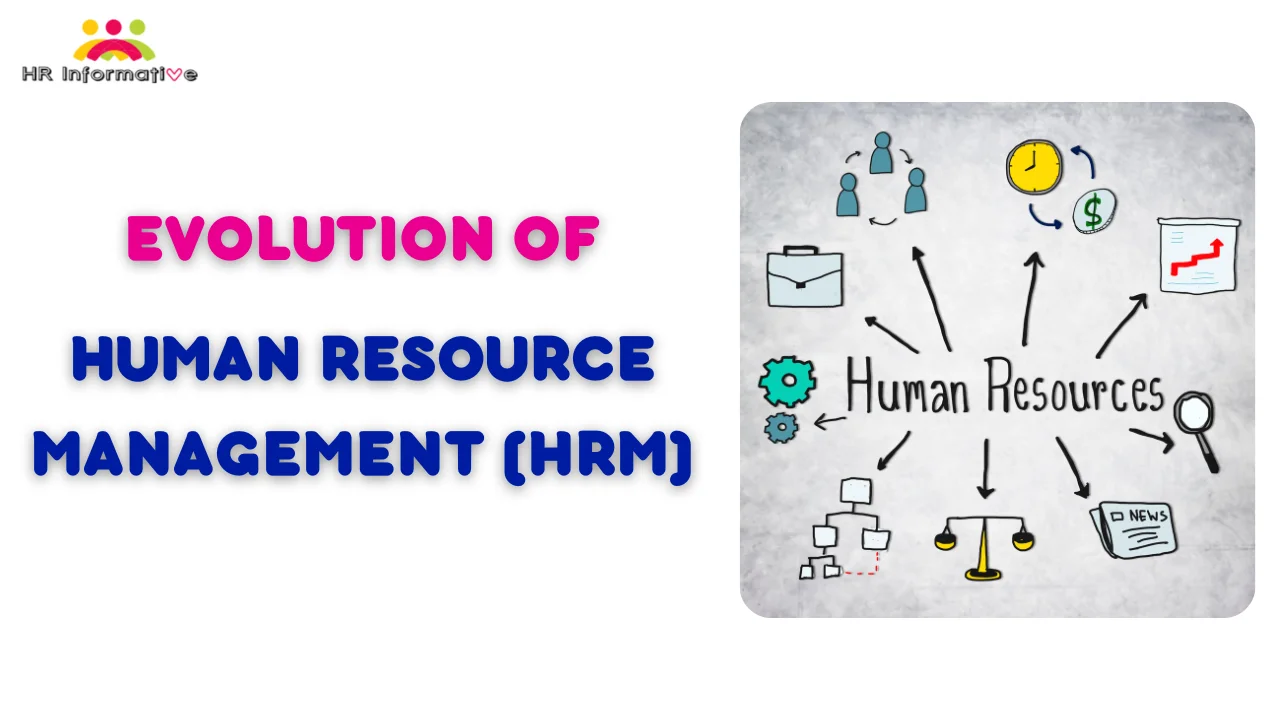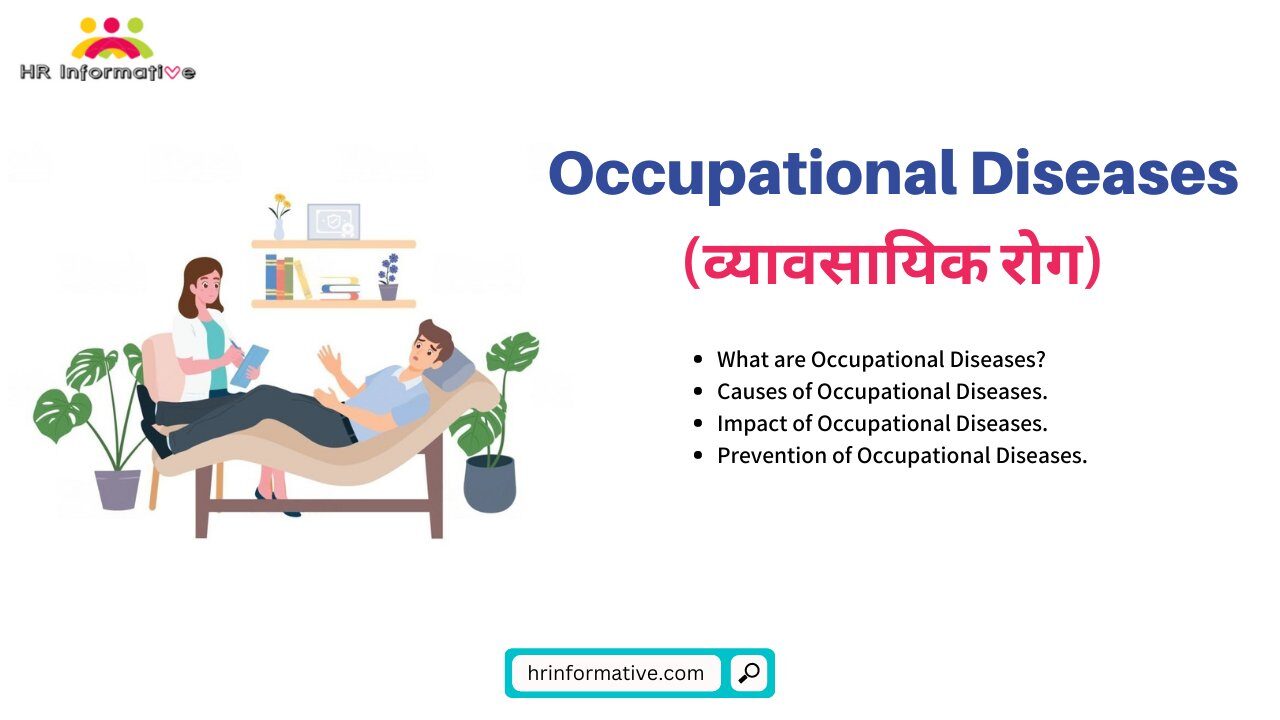Introduction
Human resource management (HRM) is the process of managing people within an organization. It encompasses a wide range of activities, including recruitment, selection, training, development, performance management, compensation, and benefits. HRM is essential for ensuring that organizations have the right people with the right skills and knowledge to achieve their goals.
The evolution of HRM has been shaped by a number of factors, including changes in the workplace, the rise of new technologies, and changing societal values. Over time, HRM has shifted from a focus on administrative tasks to a more strategic approach that focuses on developing and engaging employees.
Early Approaches to HRM
In the early days of industrial capitalism, workers were often treated as commodities. They were hired and fired at will, and their working conditions were often harsh and unsafe. There was little emphasis on employee development or well-being.
One of the first approaches to HRM was the welfare approach. This approach focused on providing employees with basic necessities such as food, housing, and healthcare. It was motivated by a desire to improve employee morale and productivity.
Another early approach to HRM was the scientific management approach. This approach was developed by Frederick Taylor in the late 19th century. It focused on breaking down jobs into their smallest components and then developing the most efficient way to perform each task. Scientific management was designed to increase productivity and reduce costs.
The Emergence of Personnel Management
After World War II, there was a growing recognition of the importance of human resources to organizational success. This led to the emergence of the field of personnel management. Personnel managers were responsible for a wide range of activities, including recruitment, selection, training, and compensation.
Personnel management was still largely focused on administrative tasks, but there was a growing emphasis on employee welfare and development. Personnel managers began to develop programs to improve employee morale, productivity, and safety.
The Human Relations Movement
In the 1950s and 1960s, there was a growing interest in the human side of work. This led to the development of the human relations movement. Human relations theorists emphasized the importance of employee motivation, morale, and teamwork.
The human relations movement had a significant impact on HRM practices. Personnel managers began to focus on developing programs to improve employee satisfaction and motivation. They also began to place a greater emphasis on teamwork and collaboration.
Related Posts : Types of Human Resource (HR) Profile in an Organization
The Rise of Strategic HRM
In the 1980s and 1990s, there was a growing recognition of the strategic importance of HRM. This led to the rise of strategic HRM. Strategic HRM focuses on aligning HRM practices with the overall goals of the organization.
Strategic HRM managers develop and implement programs to attract, develop, and retain the best employees. They also focus on creating a positive work environment that supports employee engagement and productivity.
Contemporary HRM
Today, HRM is a complex and dynamic field. HRM professionals are responsible for a wide range of activities, including:
- Recruitment and selection
- Training and development
- Performance management
- Compensation and benefits
- Employee relations
- Diversity and inclusion
- Occupational health and safety
- Change management
HRM professionals are also increasingly using technology to improve their efficiency and effectiveness. They use HR software to automate tasks, track employee data, and provide real-time insights into workforce performance.
Key Trends in Contemporary HRM
There are a number of key trends that are shaping the future of HRM. These include:
- The Rise of the Digital Workplace: The increasing use of technology in the workplace is changing the way that work is done and managed. HRM professionals need to be able to adapt to these changes and develop new ways to attract, develop, and retain employees in the digital workplace.
- The Focus on Employee Engagement: Employee engagement is increasingly seen as a key driver of organizational success. HRM professionals need to develop programs to create a positive work environment that engages and motivates employees.
- The Importance of Diversity and Inclusion: Diversity and inclusion are becoming increasingly important for organizations that want to attract and retain top talent. HRM professionals need to develop programs to create a more diverse and inclusive workplace.
- The Need for Strategic Alignment: HRM needs to be aligned with the overall goals of the organization. HRM professionals need to develop and implement programs that support the organization’s strategic objectives.
Conclusion
HRM has evolved significantly over time. From a focus on administrative tasks to a strategic approach that focuses on developing and engaging employees, HRM has become an essential function for organizations of all sizes.
As the workplace continues to change, HRM professionals will need to adapt to the new challenges and opportunities that emerge. By developing new skills and knowledge
FAQs
Q: What were some early approaches to human resource management?
Ans: Early approaches to HRM included the welfare approach, which focused on providing employees with basic necessities, and the scientific management approach, which focused on developing efficient workflows and tasks.
Q: When did personnel management emerge as a field?
Ans: Personnel management emerged as a distinct field after World War II. Personnel managers were responsible for recruitment, selection, training, compensation, and other employee-focused activities.
Q: What was the human relations movement?
Ans: The human relations movement arose in the 1950s and 1960s and emphasized the importance of employee motivation, morale, and teamwork. This movement had a significant influence on evolving HRM practices.
Q: How did strategic HRM develop?
Ans: Strategic HRM developed in the 1980s and 1990s as organizations recognized the strategic value of aligning HRM practices with overall business goals. Strategic HRM aims to attract, develop, and retain top talent.
Q: What are some key trends shaping contemporary HRM?
Ans: Key contemporary trends include the rise of digital workplaces, a focus on employee engagement, the importance of diversity and inclusion, and the need to strategically align HRM with organizational goals.
Q: What are the main responsibilities of HRM professionals today?
Ans: Today’s HRM professionals are responsible for recruitment, selection, training, compensation, employee relations, diversity, health and safety, change management, and strategic alignment. They increasingly leverage HR technology as well.
Q: How has technology impacted human resource management?
Ans: Technology has impacted HRM by enabling the automation of tasks, better tracking of employee data, and real-time analytics. This allows HR professionals to be more efficient and data-driven.
Q: Why is employee engagement important in human resource management?
Ans: Employee engagement is important because engaged employees are more productive, provide better customer service, and are more likely to stay with the company. Developing engagement is a key goal of modern HRM.
You May Read Also :
- Crisis Management: Types, Strategies, and Best Practices for Organizational Resilience
- Understanding Personality, Everyday Anxiety, and New Ways to Cope
- Types of Labour in India: A Comprehensive Overview
- Principles of Natural Justice: Ensuring Fairness and Due Process
- Employer Branding and Reputation Management: A Guide to Building a Positive Image




